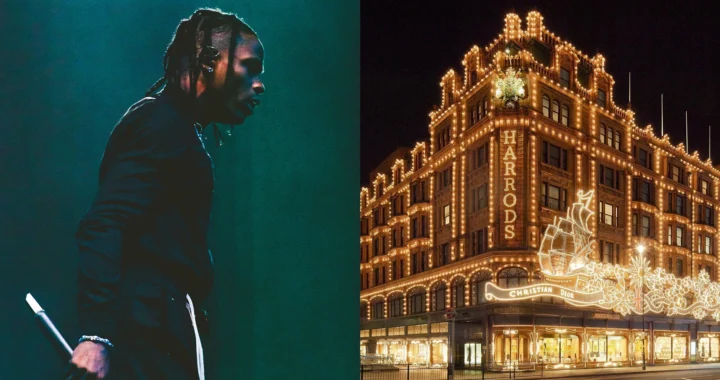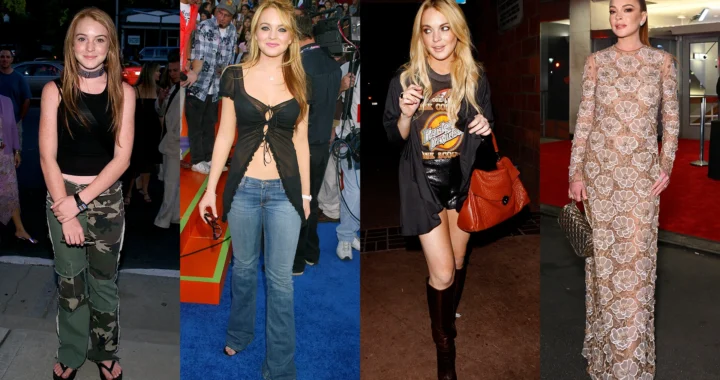The SS23 season was one of SEO stunts and cheap gags – and it was all the better for it
Fashion is an industry based on conjecture. Most of the clothing paraded at shows will never leave the runway – one version is made, to be worn once, by one model. In fact, thousands of garments are never commercially produced, because on the catwalk, creativity is simply a ruse for all the boring stuff that actually sells. So to watch these pieces trundle out season after season, let alone write about them, is an act founded in fantasy. The scam is the central proposition: convince people to buy stuff they don’t actually need on the vague promise that it will somehow bring them closer in line with themselves. So it’s easy to give oxygen to cynical hot takes lambasting the methods designers use to market their product to the masses, because fashion is ephemeral and fashion is stupid – right?
The SS23 season was one of cheap gimmicks and SEO stunts, apparently. NCT’s JENO walked for Peter Do, Gucci sent out 68 sets of identical twins, Beate Karlsson made each and every one of her models fall over, Paris Hilton closed Versace, FKA twigs closed Miu Miu, and Bella Hadid closed Coperni with a dress being airbrushed onto her body in real-time. The headlines wrote themselves. That last instance, according to critics, was at best a sorry indictment of culture, and at worst, a misogynistic vision of a woman bending to the whims of men. It couldn’t compete with the horror (!) and the beauty (!!) of Alexander McQueen pelting Shalom Harlow with paint – and how dare people draw comparisons between the two. Yes, Coperni’s gag may have been a little concept thin, but there is merit and intellect to be found in the silly tricks of fashion week, which is so often a joyless carousel of boring clothes.
Social media has created a new lens for literally anything and everything to be tirelessly scrutinised, but finding the real worth in something is a much harder project. At this point, we all know what the phrase “attention economy” means – it’s not interesting and nor is it noble to reduce everything to vacuous, algorithmic fodder. To see a supermodel strut onto the catwalk in her underwear and leave in a strapless dress made of liquid fibre is fun, and perhaps it doesn’t need to be more than that. It may have taken 15 minutes from start to finish, but it’s been sped up on Instagram and the effect is quite bewitching actually. The same goes for Paris Hilton stropping down Donatella Versace’s runway like someone’s just asked her to complete a menial task. It was Donatella, after all, who first recognised the power of a celebrity cameo, converging fashion with pop culture in the 90s.
It’s a point worth remembering: we’ve always looked for spectacle in fashion. McQueen was the master – obviously – followed by Galliano, Margiela, Mugler, Chalayan, Gaultier and all the other greats, but to constantly look over our shoulder and laud the past is retroactive and derivative. We can no quicker return to the theatre of McQueen’s playhouses as we can return to a time before phones had cameras. And people once thought the twists and turns of a McQueen show were misogynistic gimmickry, too. Besides, doing something fun and doing something in an attempt to go viral are not mutually exclusive. Jonathan Anderson’s turn as meme merchant is a good example of that; creating bizzaro pieces like egg-splat heels and car-dress hybrids that are both lighthearted and travel well on the feed. We need to stop expecting fashion to be more than it’s capable of – there is often value in cheap thrills.



